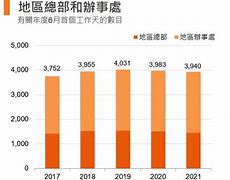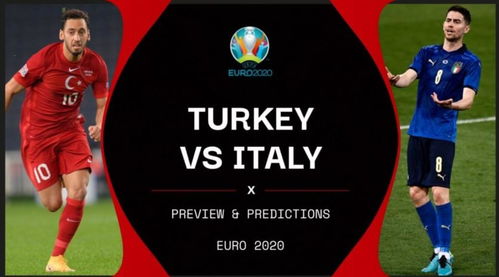Understanding the Scoring System in the UEFA European Championship
Introduction
The UEFA European Championship, commonly referred to as the Euros, is one of the most prestigious football tournaments in the world. Held every four years, it brings together the best national teams from Europe to compete for the coveted title. As with any competitive sports event, understanding the scoring system is crucial to appreciating the dynamics of the tournament. This article delves into the intricacies of the European Championship's scoring system, explaining how teams earn points and advance through the stages.
The Group Stage: Foundations of Success
The Euros begin with a group stage, where the 24 qualified teams are divided into six groups of four. Each team plays three matches within its group, facing off against every other team once. The points earned in these matches form the basis for determining which teams advance to the knockout phase.
Teams are awarded three points for a win, one point for a draw, and zero points for a loss. This simple yet effective scoring system incentivizes teams to strive for victories, as the accumulation of points is the primary determinant of progression.
At the end of the group stage, the two teams with the highest number of points in each group advance to the round of 16. The four best thirdplaced teams also move forward, adding an element of unpredictability and excitement to the group stage's conclusion.
Goal Difference: The Tiebreaker
In the event of teams finishing with equal points, the goal difference comes into play. Goal difference is calculated by subtracting the number of goals conceded from the number of goals scored. This metric rewards teams that have both a strong offensive and defensive performance, as they are more likely to have a positive goal difference.
If goal difference is also equal, then the number of goals scored is considered. This tiebreaker encourages teams to play offensively, as scoring more goals can be the deciding factor in advancing to the next stage.
HeadtoHead Results: The Decider
Should the previous tiebreakers fail to separate teams, the headtohead result between the two teams in question is examined. This means that the outcome of the match between the teams with equal points is the deciding factor. If one team won the headtohead match, they are ranked higher. If the match was a draw, further tiebreakers such as disciplinary records or a drawing of lots may be employed.
The Knockout Phase: Single Elimination

Once the group stage concludes and the 16 teams for the knockout phase are determined, the scoring system shifts. Matches in the round of 16, quarterfinals, semifinals, and final are played in a singleelimination format. This means that the winner of each match advances, and the loser is eliminated from the tournament.
In the knockout phase, matches that end in a draw after regular time proceed to extra time, and if necessary, a penalty shootout. The team that emerges victorious in these additional periods or the shootout earns the right to move forward.
Conclusion
The UEFA European Championship's scoring system is designed to be fair and straightforward, yet it incorporates various elements that make the tournament thrilling and competitive. From the group stage's point accumulation to the knockout phase's doordie matches, every goal and every point can dramatically alter a team's fortunes. Understanding how teams earn points and how tiebreakers work adds depth to the viewing experience, allowing fans to fully engage with the highs and lows of the Euros. As the tournament unfolds, the scoring system ensures that every match counts, making the European Championship a captivating spectacle of football excellence.

2004新澳精准资料免费提供,最新成语解释落实_The51.94....

2024澳门新资料大全免费直播,最新成语解释落实_HD36.60....

亚洲欧美日本私人家庭影院:真实性答案曝光落实在现代生活中,随着...

香港的转型与未来展望:融合传统与现代的独特路径引言香港,这个...

欧洲杯冠军奖励欧洲杯是欧洲足球的最高荣誉之一,每四年举办一次。对于获...